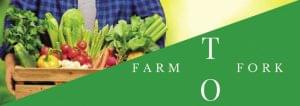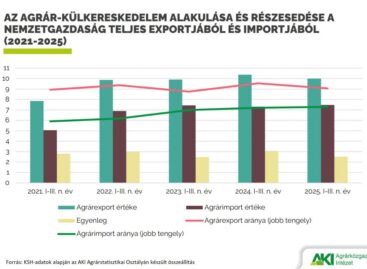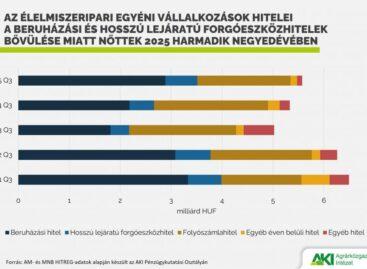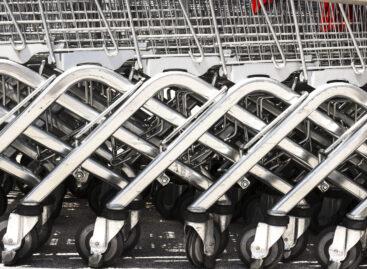Farm 2 Fork strategy: A roadmap for the European food industry in the next decade
What is Farm 2 Fork?

Guest writer:
Réka Szöllősi
independent food policy analyst
elelmiszervilag.hu
It was in May 2020 that the European Commission published its Farm 2 Fork (F2F) strategy. It is basically an action plan at the heart of the European Green Deal, aiming to make food systems fair, healthy and environmentally friendly. In the European Union if both the European Council and the European Parliament support the introduction of a new policy in advance (in this case the creation of a green trademark harmonised at EU level), then it is very likely that the debate on the draft legislation for this won’t be about whether such a policy is needed or not, but about the criteria behind it and whether its use should be mandatory or not. This indicates it for businesses that within a few years the new policy will enter into force and they must calculate with its effects.
In the autumn of 2020 the Council approved the F2F Strategy and in October 2021 the Parliament also gave a green light, so the objectives set out by the Commission were accepted and there is strong political will to create the necessary legislation. In general we can say that the Council supported the idea of the Farm 2 Fork Strategy, stressing that all steps taken must be preceded by thorough impact analysis, with special attention to retaining the sector’s global competitiveness. In the Parliament there were fierce debates, which in several cases resulted in stricter rules from a food industry perspective.
Criticism
The weakness of the strategy is that it doesn’t provide a promising solution to the problems its implementation is likely entail – these problems are connected to the international competitiveness of European agri-food products. It could happen that imported products will be cheaper than the ones made in the EU, which must meet all kinds of criteria laid down in the F2F Strategy. Perhaps the answer to this can be educating consumers why they should buy the food products made in the EU; the creation of trademarks can also be helpful.

Farm 2 Fork is aimed to create fair, healthy and eco-friendly food systems in Europe
What are the main goals of the F2F Strategy?
The strategy says that the eating habits of Europeans ought to change from both an environmental and a nutritional perspective. More plant-based and less animal-source food should be consumed; Europeans should eat less processed and more nutritious food, which comes from shorter supply chains. Basically this means taking our diets in a sustainable and healthy direction.
Based on the above the EU will pass legislation in the following areas: mandatory and standardised nutritional value indication on the front of products, creation of nutrient profiles, regulating the ‘green claims’ on food products and introducing a uniform trademark, reviewing animal welfare rules in the EU and introducing a standardised animal welfare trademark, mandatory indication of the place of origin on products – at both product and ingredient level, and banning ‘unnecessary’ packaging use. In the next stage the EU will prepare impact studies and word the draft legislations in 1-3 years, which will be followed by a debate before member states vote on them in a co-decision system. //
This article was also published in 11/2021 of Trade magazin.
Related news
Agricultural foreign trade surplus decreased in the first three quarters of 2025
🎧 Hallgasd a cikket: Lejátszás Szünet Folytatás Leállítás Nyelv: Auto…
Read more >Food industry loan portfolio increased by 3.9 percent in the third quarter of 2025
🎧 Hallgasd a cikket: Lejátszás Szünet Folytatás Leállítás Nyelv: Auto…
Read more >EP approves simpler rules and more support for farmers
🎧 Hallgasd a cikket: Lejátszás Szünet Folytatás Leállítás Nyelv: Auto…
Read more >Related news
Christmas shock in commerce: for the first time, we can pay with bank cards in fewer places
🎧 Hallgasd a cikket: Lejátszás Szünet Folytatás Leállítás Nyelv: Auto…
Read more >Hungarian Confectionery Manufacturers Association: trends in 2025 and prospects for 2026
🎧 Hallgasd a cikket: Lejátszás Szünet Folytatás Leállítás Nyelv: Auto…
Read more >Most grocery chains will be open until noon on December 24th
🎧 Hallgasd a cikket: Lejátszás Szünet Folytatás Leállítás Nyelv: Auto…
Read more >






